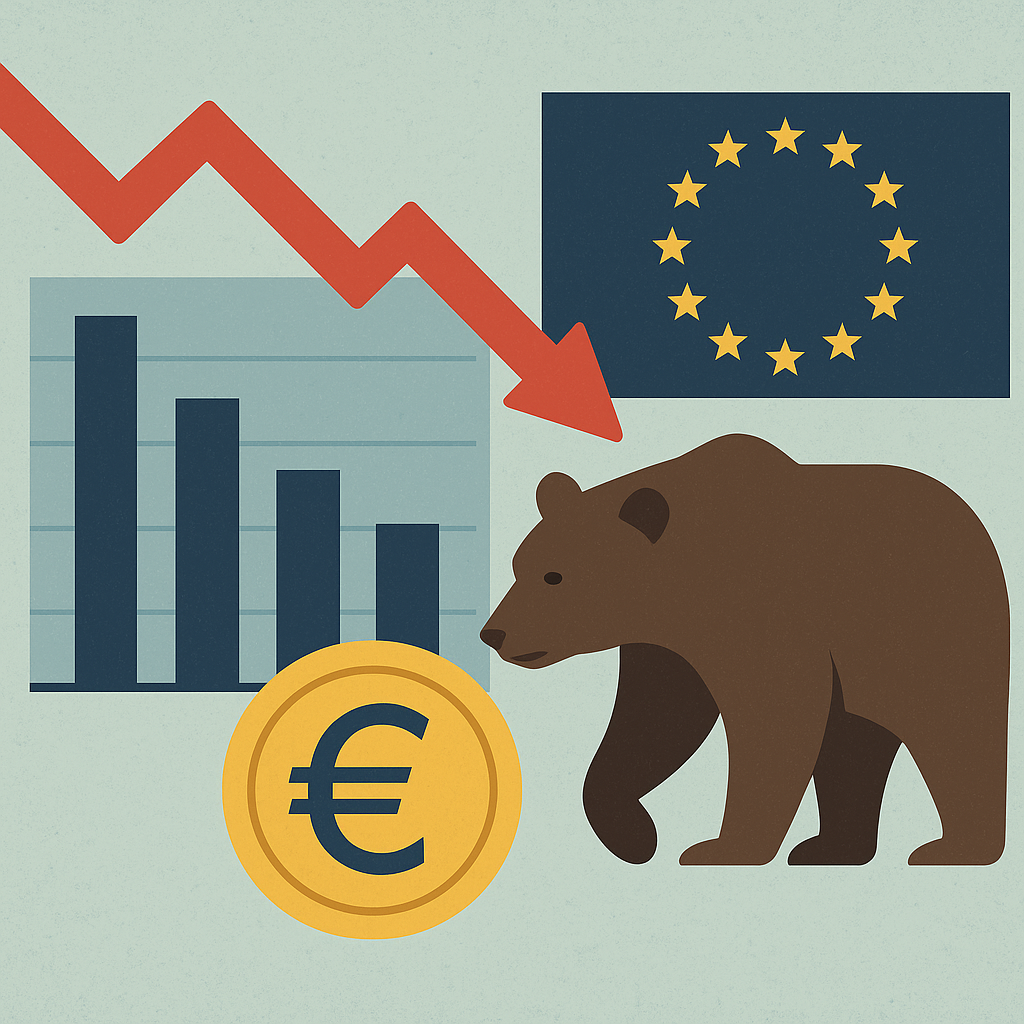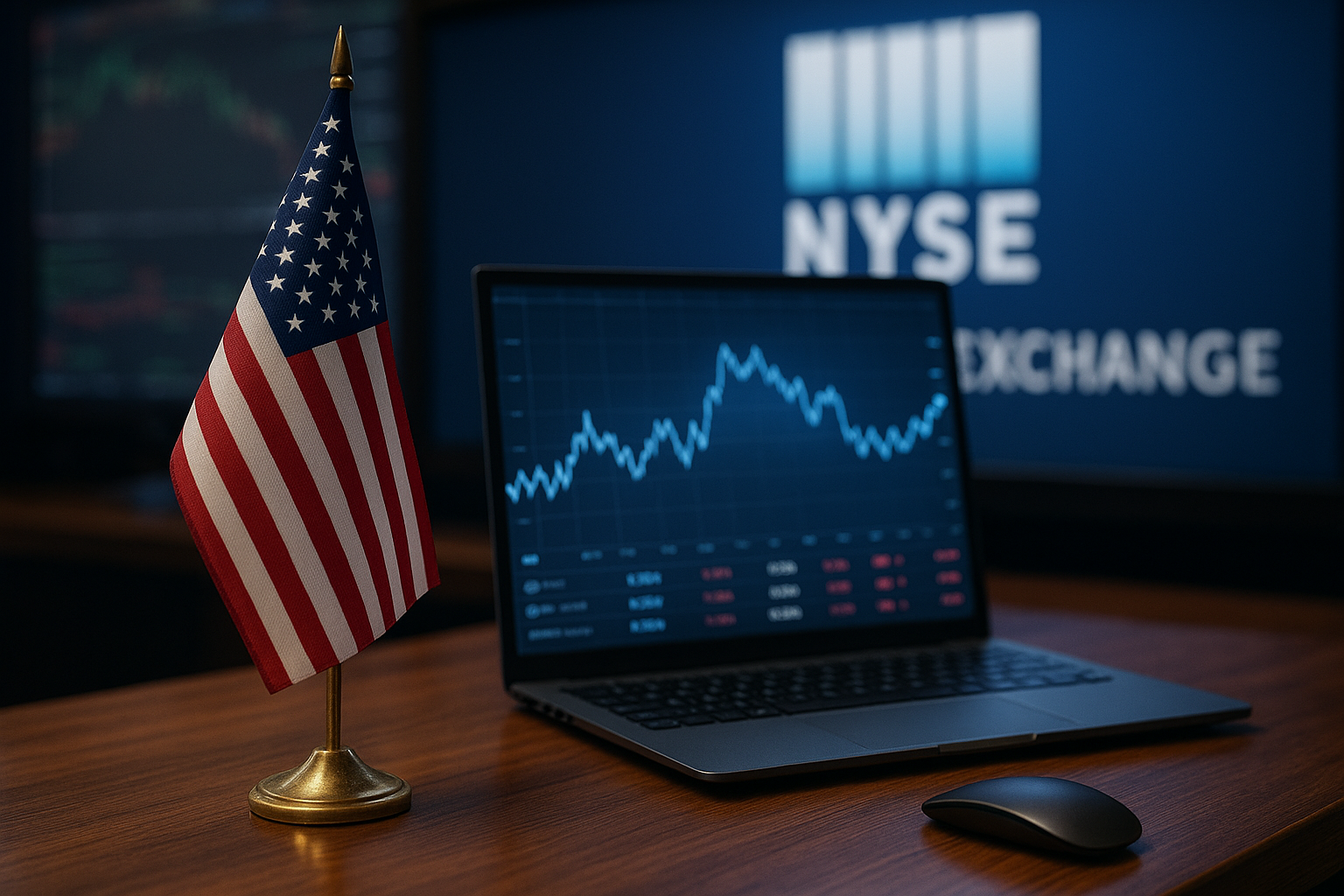A Fragile Pause in the European Market Rally
After a sustained rally that pushed European stock indices to two-month highs, markets took a step back on Tuesday, May 21, 2025. The retreat, led by notable corporate declines—including JD Sports Fashion and Swiss banking giant Julius Baer—signaled renewed investor caution. While the macroeconomic backdrop has been broadly stable, individual earnings reports and strategic announcements are beginning to weigh more heavily on investor sentiment.
The pan-European STOXX 600 index dipped by 0.3%, reversing part of its recent gains. Sectoral weakness in consumer discretionary and financials contributed to the pullback, raising concerns about the strength and sustainability of Europe’s equity market momentum.
Why This Matters for Investors
The recent dip in European equities isn’t just a routine correction—it reflects deeper investor concerns about corporate earnings quality, macroeconomic policy clarity, and geopolitical uncertainties.
JD Sports saw its shares tumble over 6% after issuing a cautious outlook, warning of slower growth in key international markets. Meanwhile, Julius Baer, a Swiss private bank, slumped over 5% following disappointing inflows and rising cost concerns in its Q1 update.
These declines come amid broader questions surrounding the pace of European Central Bank (ECB) rate cuts, persistent inflation in certain Eurozone regions, and fragile consumer demand across the continent.
📊 According to Investing.com, the Euro Stoxx 50 remains up 8% year-to-date, but analysts warn that valuations are beginning to stretch, particularly in cyclical sectors.
Future Trends to Watch
1. Corporate Earnings Divergence
Expect volatility as earnings reports from major European firms reveal mixed performances. Investors should be selective, focusing on companies with resilient margins, strong cash flow, and clear growth strategies.
2. ECB Policy Path
Market participants continue to speculate on the timing and scale of potential ECB interest rate cuts. Hawkish commentary could put additional pressure on equities, especially rate-sensitive sectors like real estate and financials.
3. Sector Rotation
Defensives such as healthcare and utilities may see renewed interest as uncertainty grows. Meanwhile, cyclical sectors could remain under pressure unless macro indicators point to a stronger second-half recovery.
4. Geopolitical Influences
Continued instability in Eastern Europe and trade tensions with China could cloud the outlook for European exporters, especially in the automotive and luxury goods segments.
Key Investment Insight
Investors should be prepared for near-term volatility in European equities. While long-term fundamentals remain intact for many leading firms, selective exposure—especially in defensive sectors and high-quality dividend stocks—could offer better risk-adjusted returns during this correction phase. Those with higher risk tolerance might find attractive entry points in beaten-down names post-earnings, assuming the broader economic environment remains stable.
Stay Ahead with MoneyNews.Today
As European markets navigate the next phase of uncertainty, staying informed is your best defense. Follow MoneyNews.Today for real-time investor insights, sector-specific updates, and strategic advice designed to help you make smarter financial decisions.





